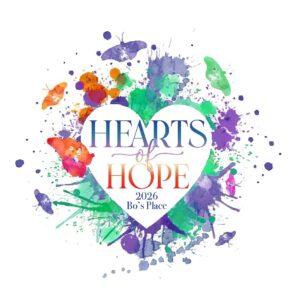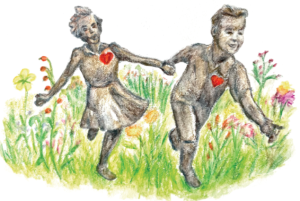Guest Author: Julie Kaplow, Ph.D., ABPP
My name is Julie Kaplow and I am a Child Clinical Psychologist, Associate Professor, and Director of the Trauma and Grief (TAG) Center for Youth at the University of Texas Health Science Center. I moved to Texas two years ago after establishing and directing the University of Michigan Trauma and Grief Center for Youth in Ann Arbor, MI. One of the primary deciding factors in moving to Houston was the opportunity to work closely with Bo’s Place. The first time I met with Mary Beth Staine, I was immediately struck by her forward thinking and her desire to ensure that Bo’s Place was doing everything they could to meet the needs of the many bereaved families they were serving. The collaborative activities we are now engaging in together have far exceeded my expectations, and much of that has to do with the outstanding leadership of Bo’s Place and their willingness to think outside of the box. For example, we have trained Bo’s Place staff in our bereavement-informed risk screening protocol which has helped to identify youth who may need a higher level of care, and has also allowed us to establish a shared data repository to better understand what “adaptive” or healthy grief looks like in youth.
Our academic-community partnership is continuing to teach us about “adaptive” grief in children. We know that the vast majority of bereaved youth will adjust to their “new normal” and go on to lead healthy, happy, productive lives. By learning more about what helps these children and families to be naturally resilient, we can start to harness those strengths and characteristics and build them into our support programs and interventions, both at Bo’s Place and at our TAG Center. For example, we know that there are both “internal” and “external” factors that can help children adjust after the death of a loved one. Internal factors include coping strategies such as emotional expression. Children who feel comfortable expressing their thoughts and feelings about the death seem to adjust better over time. But children don’t cope with bereavement in isolation. In fact, a key “external” factor is “parental grief facilitation” or specific parenting behaviors that help children grieve in adaptive ways. These parental behaviors include being engaged (making good eye contact, listening carefully to what their child is saying), talking about the deceased person and what that person loved or admired about the child, sharing comforting spiritual beliefs, and answering any questions the child may have about how the person died. The common theme across these various behaviors is the ability of parents to “meet the child where the child is at”, which is often easier said than done when parents themselves are struggling with their own grief.
I have been inspired by the many bereaved youth and families who not only adjust after the death of a loved one, but grow, thrive, and make meaning from their experiences. And I am grateful to Bo’s Place for continuing to partner with us and teach us, through their courageous families, what it means to grieve in adaptive ways.















